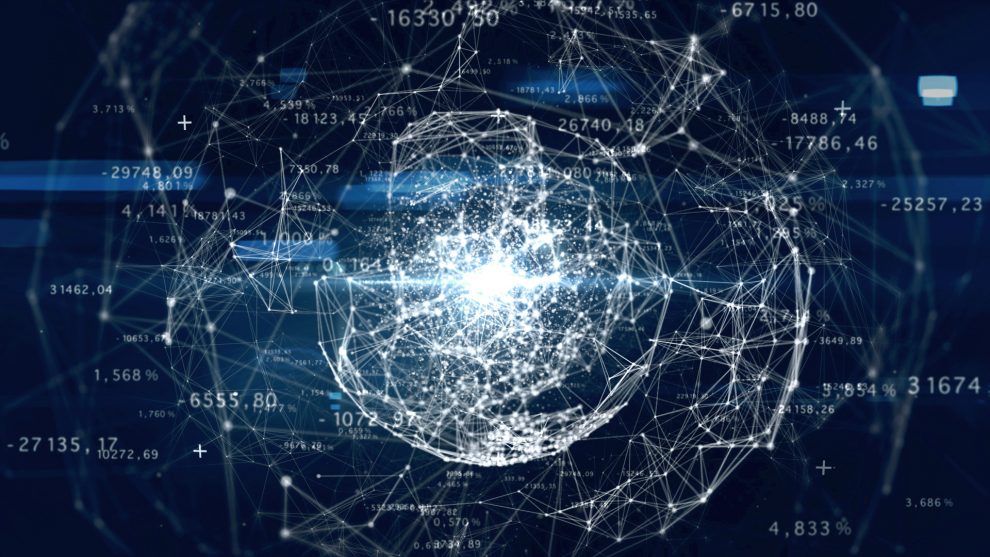The Internet has transformed into a basic human necessity now. What was initially invented for military purposes and science application, has now become a household commodity? We require a fast internet connection now, to keep up with everything. Therefore internet service providers like Xfinity is recommended. With their high-speed internet and Xfinity internet packages, you can choose and subscribe to the plan suitable to your needs.
Although the Internet is still a relatively new and modern technology, it is difficult to fathom life without it anymore. Engineers create more devices to connect to the Internet every year. This web of networks spans the globe and even reaches into space.
Internet
Internet is commonly referred to as the network of networks. The Internet has such a broad and powerful capability that can be used for all sorts of information-based purposes. It is very easily accessible to any individual who connects to one of its constituent networks such as the Viasat internet network. The internet also facilitates human contact through different social media platforms, electronic mail, newsgroups chat rooms, along with video and audio transmission, as well as allowing people to collaborate from various locations diminishing the distance barriers. Various programs, for instance, the World Wide Web, can use it to have access to digital information. The Internet has become a breeding ground for an increasing number of e-businesses as well.
Internet Technology
The ability of the Internet to send information and data over many servers and systems is known as Internet technology. Internet technology is significant in a variety of businesses because it allows individuals to communicate with one another in ways that previously were not possible. The Internet is essentially a big database where you can send and receive all kinds of information. It can be passed forward in two ways: passively through non-interactive websites and blogs, and actively through file sharing and document loading. Internet technology has resulted in a wealth of information being available to everyone with an Internet connection. It has enabled people who were previously reliant on libraries and textbook data to learn anything they want from the convenience of their own homes.
Internet technology is continually evolving, allowing it to accelerate the information highway it has established. Speeds are faster, more information is available, and different operations are feasible thanks to the technology that enables the Internet. The way the world does business and how people interact in everyday life has changed and will continue to change as a result of internet technology.
How does it work?
The internet transmits all sorts of data and media across and through interconnected devices using the packet routing network. It follows the Internet Protocol (IP) and Transport Control Protocol (TCP). IP and TCP working together make the transmission smooth and reliable.
- Packets: A message is a piece of data that is conveyed through the Internet. A message is broken into several fragments called packets before being sent. These packets are sent separately from one another. Between 1000 and 3000 characters is the normal maximum packet size. The Internet Protocol specifies how the messages will break into packets.
- Protocol: A protocol is a set of rules that describe how computers should communicate over a network. The Transport Control Protocol, for example, states that if one computer delivers data to another, the destination computer must notify the source computer if any data is missing so that the source computer can resend it. Alternatively, the Internet Protocol specifies how computers transfer data to other computers by adding addresses to the data they deliver.
Although that the data sent over the internet is called messages, it gets broken down into small parts and pieces called ‘packets’. Then these messages in the form of packets travel using the internet protocol and transport control protocol. They manage how the information is being sent from one device to another. The Internet Protocol system receives instructions regarding how the data should get by transferred using a numerical address; the IP Address.
The Transport Control Protocol (TCP) is used in conjunction with IP ensures that the data is transferred securely and reliably. This ensures that neither of the packets is lost, and instead they are reassembled in the exact right order and that no delay affects the data quality.
Hardware
Hardware covers everything from the cables carrying the information to the computer or the device that you are using. The router devices, cell phone towers, satellites, servers, radios, and all the other electronic gadgets, are all instances of hardware. The network of networks is made up of all of these devices. The Internet is a pliable system that evolves as elements join and exit networks all around the world. Some of those pieces, which make up the Internet’s backbone, may remain relatively static. Others are more in the background.
Future of the Internet
Internet technology only seems to grow and it seems to reach no end. With something so important and inculcated in our lives, engineers are constantly innovating to make it better for us. While the exact structure of the future Internet is unknown, many growth paths appear to be obvious. One is in the direction of faster backbone and network access speeds. Backbone data rates of 100 billion bits per second are already accessible, but data rates of 1 trillion bits per second or greater will become commercially feasible in the future. Users may be able to access networks at speeds of 100 gigabits per second if the development of computer hardware, software, applications, and local access keeps pace.
Conclusion
Internet is a very crucial part of our daily lives now and it is fascinating to see what goes on behind the lines and how the data gets transferred through the cables and reaches us the way it does.












